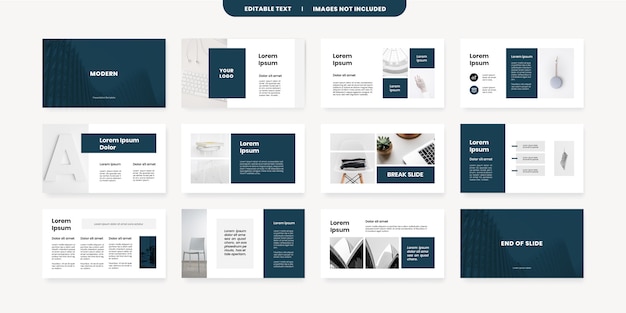In today’s cutthroat job market, it’s crucial for job seekers to pull out all the stops to catch the eye of potential employers. This means going beyond just crafting a killer resume and cover letter or acing your interview. One tool you might not have considered is a professional portfolio. This is a powerful way to showcase your skills and achievements in a tangible, easy-to-understand format.
So, what exactly is a professional portfolio? It’s a collection of work samples, professional projects, and other career-related accomplishments that you can present to potential employers to demonstrate your skills and abilities. These portfolios can be digital (like a personal website) or physical (like a binder filled with hard copies of your work).
A wide range of professionals use portfolios, including writers, editors, web designers, graphic designers, user experience designers, product managers, software developers, models, creative directors, videographers, marketing professionals, artists, photographers, bakers, project managers, interior designers, tattoo artists, and cosmetologists and estheticians.
Now, let’s talk about what you should include in your portfolio. While the specifics can vary depending on your industry or profession, most portfolios contain similar sections.
First up is your personal information. This includes your contact details and a general overview of what you do. You can also include links to your professional profiles, blogs, and social media accounts. This is a chance to inject a bit of personality into your portfolio and give hiring managers a glimpse into who you are as a person.
Next, you should include your resume and cover letter. Even though the hiring manager has likely already seen these documents, including them in your portfolio can help to emphasize your suitability for the position.
The work experience section of your portfolio should consist of relevant, recent, and impressive samples that demonstrate your core competencies, professional abilities, and technical skill set. Be selective about which projects you include and aim for quality over quantity.
You can also include case studies, professional awards, information about your professional development, and any relevant volunteer experience. Testimonials and letters of recommendation from previous clients, employers, and mentors can also be a great addition to your portfolio.
When it comes to organizing your portfolio, it should be easy for a potential client or employer to navigate and digest. It should have a clean, visually pleasing design that highlights important information and shows off your best work.
Digital portfolios can be presented as a personal website or a digital document like a PDF, while physical portfolios are typically assembled in a binder. Regardless of the format, your portfolio should be clearly organized, easy to navigate, and visually appealing.
In conclusion, a well-crafted professional portfolio can be a powerful tool in your job search arsenal. It allows you to showcase your professional achievements and demonstrate what makes you an ideal candidate. So, if you’re serious about landing that dream job, it’s time to start building your portfolio.
